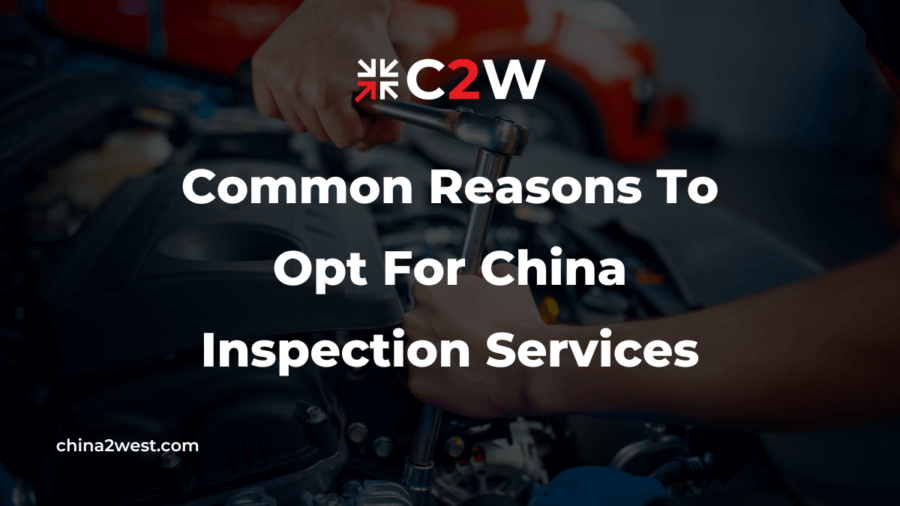In the ever-evolving business landscape, companies are constantly challenged to find innovative ways to enhance efficiency while upholding stringent quality control standards. Striking the right balance between cost-cutting measures and maintaining optimal quality is a delicate art that requires strategic planning and continuous improvement.
In this article, we will delve into actionable tips and strategies that organizations can adopt to streamline costs without compromising the effectiveness of their quality control processes.
Lean Inventory Management
Efficient quality control starts with a well-managed inventory system. The goal is to minimize excess inventory, reducing holding costs while simultaneously enhancing the overall quality control process.
Embracing lean inventory management principles involves optimizing stock levels, decreasing waste, and refining the accuracy of quality assessments.
Just-in-Time (JIT) Inventory
Just-in-Time (JIT) inventory management is a philosophy that emphasizes receiving goods only as they are needed in the production process. By adopting JIT, businesses can minimize the costs associated with storing excess inventory.
This approach not only reduces holding costs but also ensures that quality control checks are conducted on the freshest products, mitigating issues related to outdated stock.
JIT is particularly effective in industries where product demand is predictable and supply chain coordination is robust.
Vendor-Managed Inventory (VMI)
Collaborating closely with suppliers through a Vendor-Managed Inventory (VMI) system is another effective strategy for lean inventory management.
VMI involves suppliers actively monitoring and replenishing inventory levels, reducing the need for businesses to maintain excessive safety stock. This collaborative approach ensures a steady flow of materials, allowing organizations to focus on maintaining stringent quality standards without the burden of excess inventory costs.
VMI fosters better communication and alignment between suppliers and manufacturers, contributing to a more efficient supply chain.
Implementing Technology for Automation
Leveraging technology can significantly enhance the efficiency of quality control processes while concurrently reducing labor and operational costs.
Automation ensures consistent and accurate results, allowing organizations to maintain high-quality standards without an overreliance on manual labor.
Automated Testing Equipment
Investing in automated testing equipment is a strategic move that not only accelerates the quality control process but also minimizes the potential for human errors.
Automation in testing guarantees consistent and precise results, contributing to the overall reliability of the quality control system.
Whether in manufacturing or product testing, automated equipment can handle repetitive tasks more efficiently than human labor, leading to improved productivity and cost savings over time.
Quality Management Software (QMS)
Quality Management Software (QMS) is a comprehensive solution that provides a centralized platform for monitoring and managing all aspects of quality control.
By implementing QMS, businesses can enhance collaboration among team members, facilitate real-time data analysis, and expedite decision-making processes. QMS systems can identify areas for improvement through data-driven insights, leading to more effective cost-cutting measures.
Additionally, QMS streamlines documentation processes, ensuring that quality-related information is organized and readily accessible.
Employee Training and Engagement
Well-trained and engaged employees are instrumental in maintaining quality standards. Investing in continuous training programs contributes to improved efficiency and reduces errors in the quality control process.
Cross-Training
Cross-training employees in various aspects of the production and quality control process creates a more versatile and adaptable workforce.
When employees are trained to handle different tasks, it reduces the need for overtime or additional staffing during peak periods. Cross-trained employees can seamlessly transition between roles, contributing to a more efficient and cost-effective operation.
This approach also improves employee morale and job satisfaction as they gain a broader skill set, making them more valuable assets to the organization.
Employee Engagement Initiatives
Employee engagement plays a pivotal role in maintaining high-quality standards. Implementing initiatives such as recognition programs and regular feedback sessions fosters a positive work environment.
Engaged employees are more likely to approach their tasks with diligence, leading to fewer errors and a more effective quality control process.
Recognizing and rewarding employees for their contributions not only boosts morale but also reinforces the importance of quality within the organizational culture.
Streamlining Documentation Processes
While effective documentation is integral to quality control, excessive paperwork can lead to increased costs. Streamlining documentation processes not only saves time but also reduces the consumption of resources.
Digital Documentation Systems
Transitioning to digital documentation systems eliminates the need for physical paperwork, reducing storage costs and the risk of document loss.
Digital systems provide a secure and organized repository for quality-related documents, ensuring quick and efficient access during audits or quality assessments.
By digitizing documentation processes, businesses can significantly cut down on administrative overhead, improving overall efficiency and reducing the likelihood of errors associated with manual record-keeping.
Standard Operating Procedures (SOPs)
Clear and well-defined Standard Operating Procedures (SOPs) are essential for ensuring consistency in the quality control process.
Regularly reviewing and updating SOPs helps identify areas for improvement, preventing errors and minimizing the need for rework. Well-documented procedures also contribute to efficient training processes for new employees, ensuring that they are aligned with established quality standards.
SOPs serve as a guide for employees, reducing the likelihood of deviations and enhancing overall process efficiency.
Achieving the delicate balance between cost-cutting and maintaining efficient quality control is paramount for long-term success in today’s dynamic business environment. These strategies not only contribute to immediate cost savings but also foster a culture of continuous improvement, positioning organizations for sustained success in the competitive marketplace. In the pursuit of efficiency, organizations can indeed reduce costs without compromising the integrity of their quality control processes. This is even more so when partnering with a manufacturing company in China, one like C2W with their own quality control systems and inspectors throughout Asia as well as nearly 20 years of experience under the belt. Contact us now!




